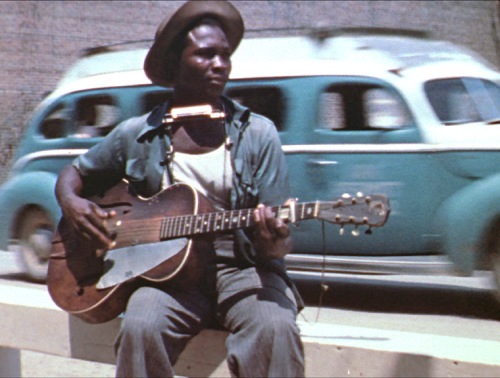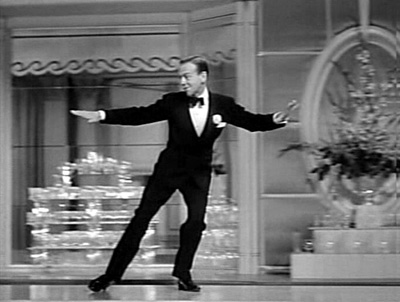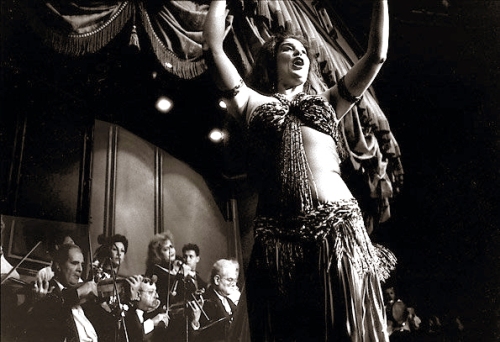On a log sheet typed in the 1940s, Alan Lomax identified a man in a 50-second segment of silent color footage shot in Mississippi as “Charles Edwards” (above).
Mystified folklorists have been unable to find further references to Charles Edwards in Lomax’s materials or anyone else’s; but recently two American Folklife Center staff members noticed that he closely resembled a young David “Honeyboy” Edwards, and even played his guitar in the same way; perhaps Lomax had made a simple error.
To verify their theory, they sent screen captures to Honeyboy’s former agent, who shared them with Honeyboy’s stepdaughter. Her verdict: “That’s my daddy!”
This according to “‘That’s my daddy!’: American Folklife Center staff members identify early color film of David ‘Honeyboy’ Edwards” by Stephen Winick (Folklife Center news XXXIII/3–4 [summer/fall 2011] pp. 8–9).
Below, Honeyboy performs in 2005.










